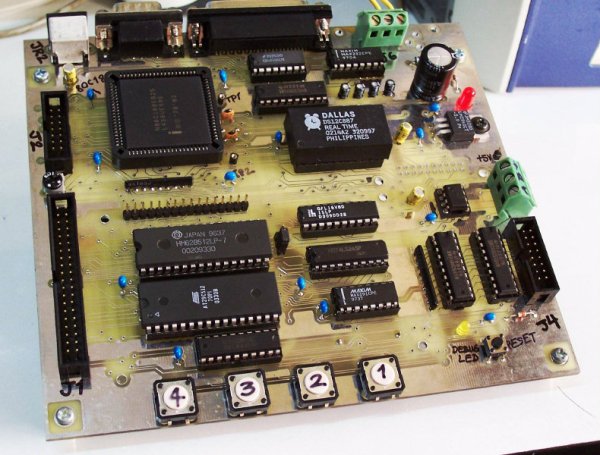
Ten years ago, [Trixter] created 8088 Corruption, a demo for the original PC, the IBM 5150, that displayed full motion video using a CGA card and a SoundBlaster. It was hailed as a marvel of the demoscene at the time, garnered tons of hits when it was eventually uploaded to Google Video, and was even picked up by the nascent Hackaday.Now, ten years later, and seven years after [Trixter] said full motion video using the graphics mode of a CGA adapter was impossible, he’s improved on his earlier work. Now, it’s possible to display video at 640×200 resolution at 30 frames per second on a 30-year-old computer.
[Trixter]’s earlier work used the text mode of the CGA adapter, only because the 40×25 character, 16 color mode was the only graphics mode that could be entirely updated every single frame. It’s still one of the high points of the PC demoscene, but from the original video, it’s easy to see the limitations.
A while back, [Trixter] said displaying video using his computer’s graphics mode was impossible. He’s had years to think about this statement, and eventually realized he was wrong. Like the developers of modern video codecs, [Trixter] realized you don’t need to change every pixel for every frame: you only need to change the pixels that are different from frame to frame. Obvious, if you think about it, and all [Trixter] needed to do was encode the video in a format that would only change dissimilar pixels from frame to frame, and manage the disk and memory bandwidth.
After reencoding the 10-year-old demo for graphics mode, [Trixter] turned toward his most ambitious demo to date: playing the ‘Bad Apple’ animation on an 8088. As you can see in the video below, it was a complete success.
Continue reading “(Better) Full Motion Video On The First PC” →














